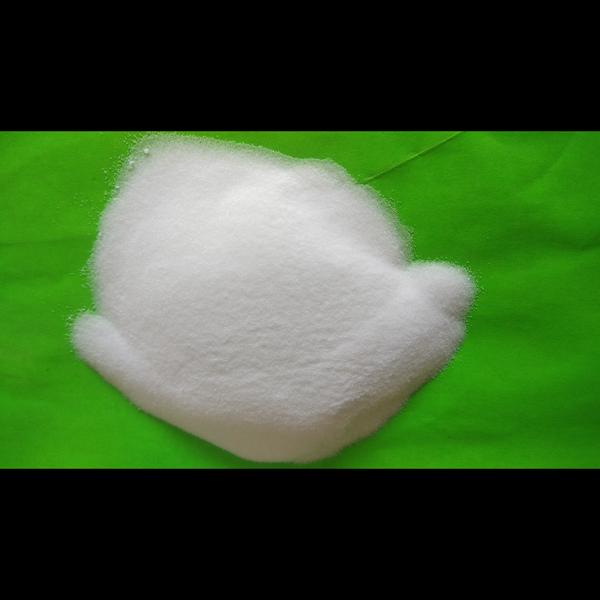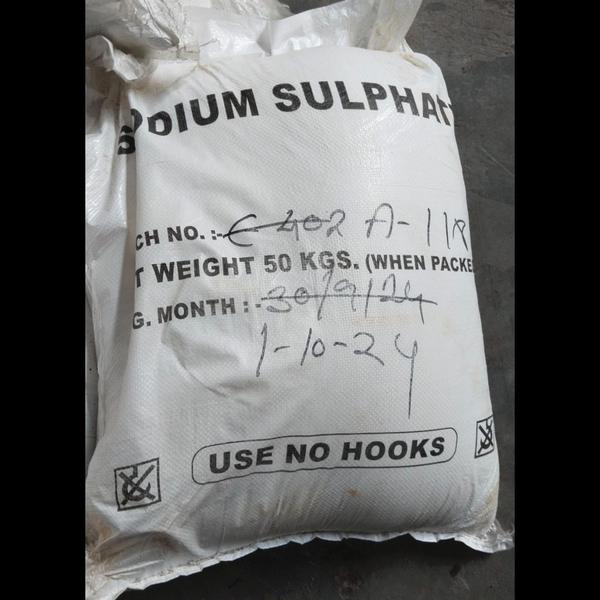Here's a detailed analysis of the impact of Donald Trump's reciprocal tariff policy on India's chemical industry, including key affected sectors, challenges, and strategic recommendations for the Indian chemical market.
1. Understanding Reciprocal Tariff Policy & Its Impact on India
Trump’s reciprocal tariff policy aimed to match the tariff rates imposed by trading partners. Since India traditionally had higher import duties on certain U.S. products (including chemicals), this policy could lead to retaliatory tariff hikes by the U.S., directly impacting Indian chemical exports.
Key Consequences for the Indian Chemical Market:
Higher U.S. Tariffs on Indian Chemical Exports:
Indian dyes, pigments, and specialty chemicals exported to the U.S. could face higher tariffs, leading to reduced price competitiveness in the U.S. market.
This would hurt India’s chemical manufacturers, traders, and exporters.
Costlier Imports of Raw Materials from the U.S.:
India imports petrochemical intermediates, specialty raw materials, and solvents from the U.S.
Higher tariffs would increase production costs for Indian manufacturers.
Disrupted Trade Relations & Supply Chains:
U.S. and India have a strong trade relationship in pharmaceuticals, agrochemicals, and industrial chemicals.
Tariff hikes could force Indian firms to seek alternative suppliers, which could be costly or lower in quality.
Adverse Effects on Indian SMEs (Small & Medium Enterprises):
SMEs play a crucial role in India’s chemical and dye industry.
Increased tariffs could shrink profit margins, forcing SMEs to either absorb costs or lose their market share in the U.S.
2. Key Chemical Products Affected by the Tariff Policy
The following chemical sectors in India would be most impacted by Trump's reciprocal tariff effects:
A. Dyes & Pigments
India is one of the largest exporters of dyes & pigments globally, especially to the U.S. textile industry.
Higher tariffs could result in loss of market share to China and Vietnam.
Key products affected: Reactive dyes, acid dyes, disperse dyes, azo pigments.
B. Specialty Chemicals
Specialty chemicals are used in electronics, cosmetics, paints, coatings, and automotive industries.
The U.S. is a key market for India's specialty chemical exports, and higher tariffs could reduce competitiveness.
Key products affected: Surfactants, adhesives, construction chemicals, water treatment chemicals.
C. Petrochemicals & Intermediates
India imports petrochemicals, solvents, and intermediates from the U.S. for its plastic, polymer, and synthetic fiber industries.
Higher tariffs would increase production costs, affecting industries dependent on naphtha, styrene, ethylene, and polypropylene.
D. Agrochemicals (Pesticides & Fertilizers)
India exports pesticides, herbicides, and fungicides to the U.S.
Increased tariffs could make Chinese agrochemical manufacturers more competitive than Indian exporters.
Key products affected: Glyphosate, atrazine, carbendazim, chlorpyrifos.
E. Active Pharmaceutical Ingredients (APIs) & Pharma Chemicals
India supplies APIs to U.S. pharmaceutical firms.
Higher tariffs would impact Indian pharma companies, increasing drug production costs.
Key products affected: Ibuprofen, Paracetamol, Metformin, Azithromycin.
3. Strategies to Mitigate the Impact on India’s Chemical Industry
To counteract the negative effects of reciprocal tariffs, Indian chemical firms and policymakers must adopt strategic measures:
A. Diversification of Export Markets
Reduce dependency on the U.S. market by increasing exports to Europe, Southeast Asia, Latin America, and Africa.
Countries like Germany, Brazil, and UAE offer growing markets for Indian dyes, pigments, and specialty chemicals.
B. Strengthening Domestic Supply Chains
Reduce reliance on U.S. petrochemicals and intermediates by increasing domestic production.
Encourage local investment in chemical raw material industries to lower import dependency.
C. Negotiating Bilateral Trade Agreements
The Indian government should negotiate with the U.S. for reduced tariffs on key chemical exports.
Explore trade partnerships with European & Asian countries to offset U.S. market losses.
D. Investing in R& D for Value Addition
Focus on high-value, niche specialty chemicals to compete in the global market.
Invest in biodegradable and eco-friendly chemicals, which are in high demand in developed markets.
E. Government Policy Support for Chemical Exporters
Incentives & subsidies for export-oriented chemical firms.
Lower domestic taxation on chemical industries to maintain cost competitiveness.
Fast-track approval for foreign investments in the chemical sector.
4. Conclusion: Navigating the Challenges of Reciprocal Tariffs
India’s chemical industry has strong global demand, but reciprocal tariffs under Trump’s trade policies could create short-term challenges. To mitigate these effects, India must:
Diversify exports to new markets beyond the U.S.
Boost domestic production of intermediates & raw materials.
Push for trade agreements to minimize tariff impacts.
Invest in R& D & value-added products to enhance competitiveness.
By taking proactive steps, India’s chemical industry can safeguard its growth and maintain strong global trade relations despite potential trade barriers.
Would you like more insights on specific chemical markets or government policies that could help India navigate this situation better?
Keywords
valueadded products
india navigate
reciprocal tariffs
increased tariffs
india traditionally
market losses
key market
market share
diversify exports
foreign investments
developed markets
ecofriendly chemicals
addition focus
germany brazil
increasing exports
plastic polymer
automotive industries
crucial role
pharmaceuticals agrochemicals
raw materials
trading partners
detailed analysis
effects india
higher tariffs
reduced tariffs
negative effects
enhance competitiveness
chemical industries
high demand
specialty chemicals
africa countries
largest exporters
chemical sectors
absorb costs
strategic recommendations
tariff policy
trade agreements
government policies
indian government
indias chemical
government policy support
specific chemical markets
specialty chemicals exported
dyes pigments india
global market invest
create shortterm challenges
lower import dependency
reduced price competitiveness
indias chemical industry
trumps trade policies
quality adverse effects
higher import duties
strong global demand
european asian countries
adopt strategic measures
increase production costs
exporters costlier imports
indian dyes pigments
force indian firms
retaliatory tariff hikes
tariff rates imposed
potential trade barriers
strong trade relationship
boost domestic production
naphtha styrene ethylene
dyes pigments globally
seek alternative suppliers



